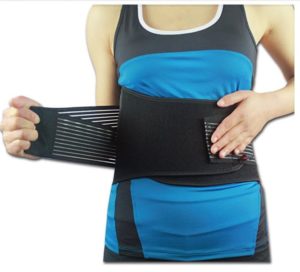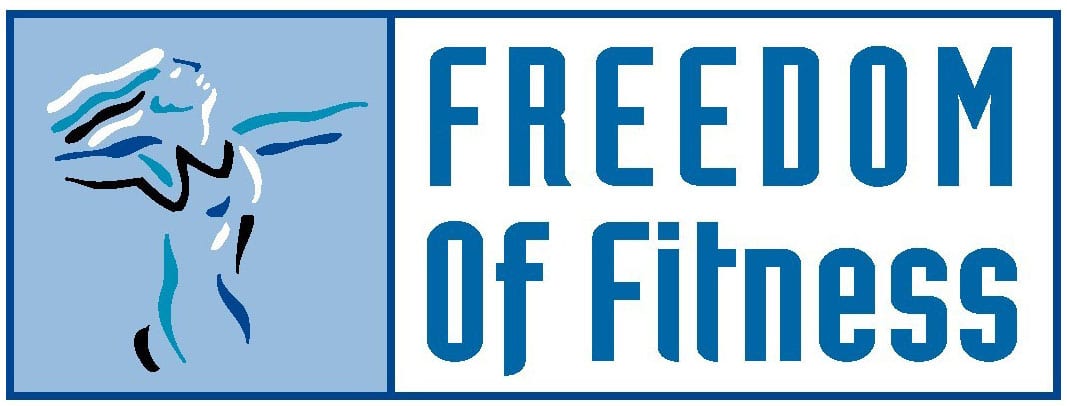 As far back as I can remember, I’ve been taught that weightlifting belts increase intra-abdominal pressure during performance of a resistance training exercise. The use of a weight belt can contribute to injury-free training by decreasing the compressive forces on the spinal column.
As far back as I can remember, I’ve been taught that weightlifting belts increase intra-abdominal pressure during performance of a resistance training exercise. The use of a weight belt can contribute to injury-free training by decreasing the compressive forces on the spinal column.
However, even with this benefit, if a client uses a belt for ALL resistance training exercises, the low back and abdominal muscles become unaccustomed to supporting the torso. These muscles can get WEAKER and may become more injury-prone.
So, when do we use a weight belt?
Exercises that put a heavy load (maximal or near maximal weight) on the trunk and place stress on the low back may benefit from the use of a belt. Examples include; front squat, back squat, standing shoulder press or deadlifts. High repetition training for these exercises do not require a belt.
Which brings me to the latest trend I see in the gym; women wearing belts that look like corsets for ALL their exercises. My concern is that they are setting themselves up for injury by doing this all the time. In addition, many people may be using these belts because they believe in the “spot-reduction myth”. Ladies, this belt will NOT make your waist smaller! Train hard, exercise consistently and avoid over-eating.
Finally, when these belts are cinched so tight, it displaces the organs and can interfere with your natural breathing process.
There is a time and place for a belt but not for every exercise and only for ground based, structural exercises that involve lifting maximal or near-maximal loads.


